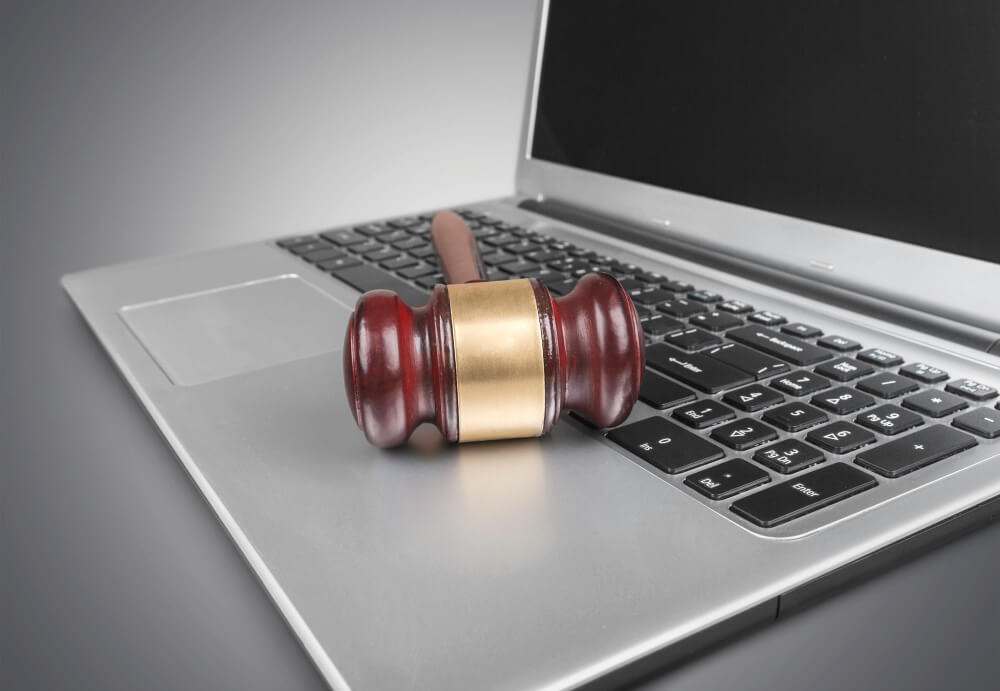The Appellate Division continued in relevant part: Because calls to exhort social pressure on plaintiff would necessarily fall under the aegis of First Amendment protection and the specter of imprisonment for refusing a get is unrealistic, harassment must be found–if at all–in the threat of violence. However, the judge’s conclusion that such threats were real and imminent is simply not supported by the record. First Amendment protections cannot be vitiated on unsubstantiated findings of fact. The video itself, which was not even directed to plaintiff, contained no overt call for or reference to violence. See Carroll (citing United States v. Dinwiddie, 76 F. 3d 913, 925 (8th Cir. 1996)) (listing “whether the threat was communicated directly to its victim” as among the indicia of a “true threat”). Even an overt invocation of violence, however, would be insufficient to strip the statement of First Amendment protection. See Claiborne Hardware Co., 458 U.S. at 902; Brandenburg, 395 U.S. at 446-47.
Instead, to qualify as incitement and lose First Amendment protection–as the judge tacitly found–a communication must be both “directed to inciting or producing imminent lawless action and likely to incite or produce such action.” Brandenburg, 395 U.S. at 447. However, such is not the case on this record. The difference between lawful and lawless action “may be identified easily by reference to its purpose.” Claiborne Hardware Co., 458 U.S. at 933. Defendant’s ultimate objective was unquestionably legitimate–it was to get a get. We are persuaded that under the circumstances of this case, the means employed by defendant to achieve her goal is entitled to First Amendment protection.
The plaintiff could argue that many unlawful threats are grounded in a legitimate objective. For example, a defendant could have a valid civil judgment requiring that the opposing party pay them a sum of money. Still, the defendant is not protected from criminal charges if he communicates that he will have the opposing party assaulted if they do not make the payment.

